First off, let’s differentiate a “native” from an “invasive” plant. Native plants are “uncultivated flora indigenous to geographic regions, which have adapted over time to various environmental and social influences such as soil types and hydrology, micro-climates, and human influence.” In other words, these are plants that have not been moved from the natural milieu in which they have adapted, been genetically altered or generally affected in any way by humans or natural forces. Invasives, on the other hand, also known as “exotic”, “non-native”, “introduced”, or “alien”, are plants that have been transported from one geographical location to another by humans, weather, migratory birds, or other fauna.
Oftentimes, exotic plants are introduced into a new environment with minimal to no effect; unfortunately, this is not always the case, and it is up to us, the stewards of the natural world of which we are a part, to reduce or eliminate the effects of invasive species and restore the land to its natural dynamic of interdependent exchange.
So, why are native plants so important? For one, they more naturally facilitate pollination, supporting local wildlife such as butterflies, amphibians, reptiles, and mammals, as well as the all-important pollinators themselves—bees.
Native plants are only one half of the symbiotic relationship from which new life arises each spring. Native bees are nature’s couriers, pollinating native plants, while avoiding many invasive species, as they extract from native flowers the nectar that is so precious to their own survival.
The true danger, and the reason to avoid or remove invasives, lies in their ability to crowd or shade out other varieties of flora, thereby reducing the variety of both flora and fauna species. Without genetic-species variety in nature, links in the circle of ecological interdependence are broken, leading to the reduction or complete disappearance of plant and animal species.
The best reason to plant native species rather than their non-native counterparts is the support they provide to local wildlife populations. Simply put: If you plant native species—any native species—you will support a greater array of wildlife than if you had planted the same area with non-native species.
To learn more about native plant species, visit the Nature Center at Ruffner Mountain, or the Mountain itself, where you can take a walk or hike and see a vast array of native plant species!
"Native Beauties", Christina Daniel, 2016
